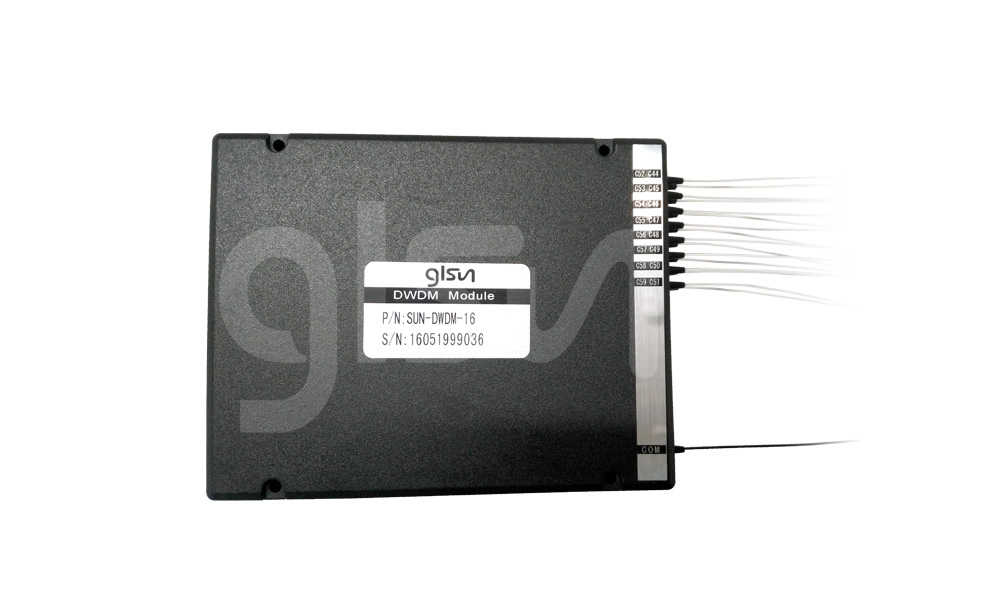Fiber Optic Tech
What is WDM
Wavelength division multiplexing (WDM) is the technology of combining optical carrier signals of two or more different wavelengths (carrying various information) at the transmitting end through a Multiplexer (also known as Multiplexer) and coupling them to the same optical fiber of the optical line for transmission. At the receiving end the optical carrier waves of various wavelengths are separated by a Demultiplexer which is then processed further by an optical receiver to restore the original signal.
This technique of simultaneously transmitting two or many optical signals of different wavelengths in the same optical fiber is called wavelength division multiplexing. The role of WDM is to improve the transmission capacity of optical fiber and the utilization efficiency of optical fiber resources.

Advantages of WDM
High capacity: it can make full use of the huge bandwidth resources of optical fiber, so that the transmission capacity increases dozens of times than the single wavelength.
Low cost: it saves a lot of optical fiber and 3R regenerator when large capacity long distance transmission, transmission cost significantly reduced.
Protection of investment: in the network upgrade and expansion, there is no need to transform the optical cable line, increase the wavelength can be opened or superimposed new business.
Transparency: independent of signal rate and modulation format, convenient to introduce new business with large bandwidth.



















